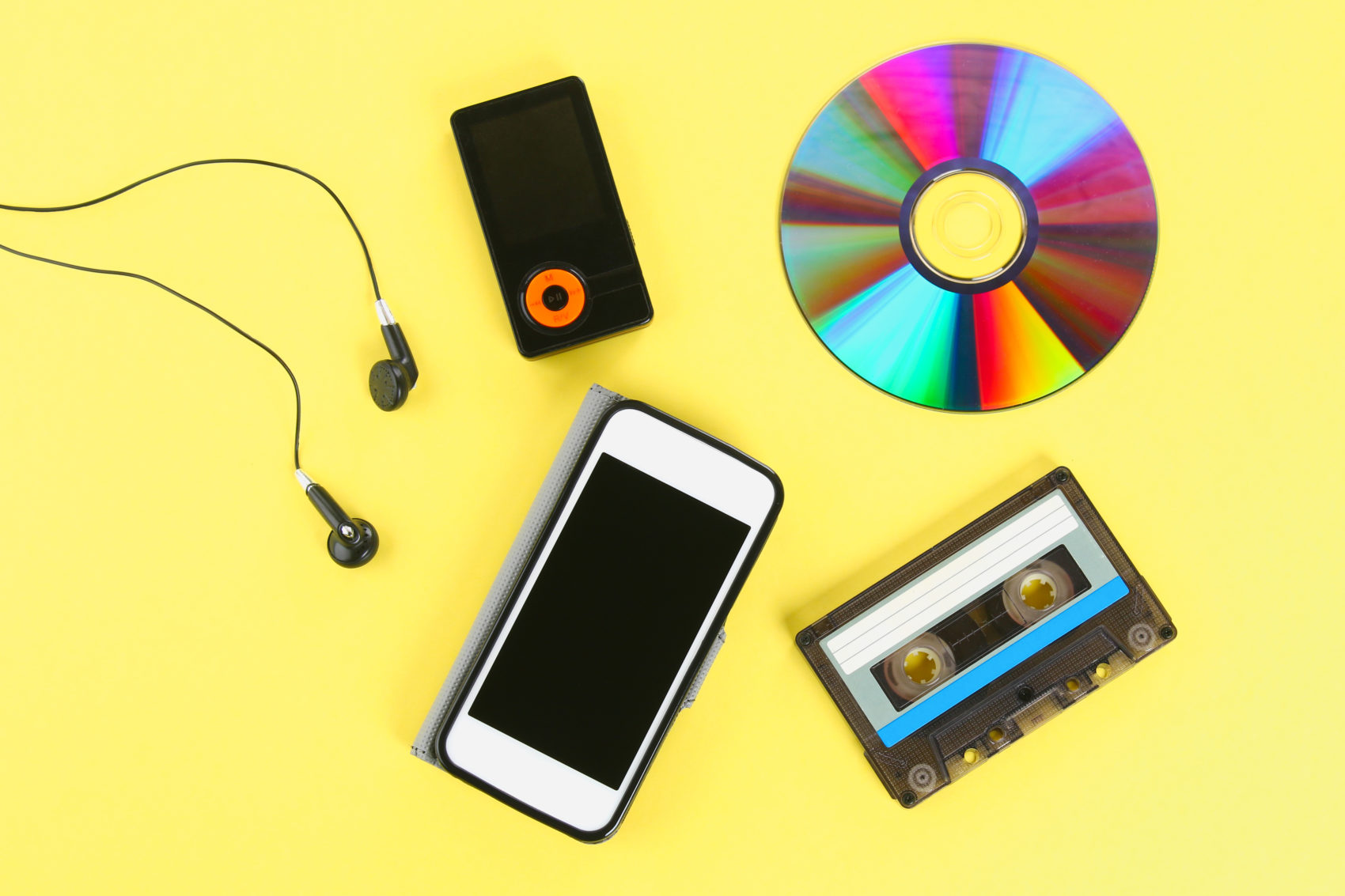ChatGPT is the fastest-growing consumer application in history, with over 100 million users in the first two months on the market. For reference, it took TikTok more than nine months to reach 100 million users and Instagram 2 ½ years to get to this number of users. So, ChatGPT has a decisive “first mover advantage.” But, most likely, more advanced artificial intelligence programs exist that haven’t launched, and, of course, there is the 800-pound gorilla in the room, Google, and the launch of its AI program, BARD, that will compete with ChatGPT. So, what will ChatGPT’s market share look like 12 months from now?
In the Summer of 1998, a South Korean technology company, Saehan Information Systems, launched the MP3 mobile player into the U.S. market. In the early 2000s, the popularity of the MP3 format exploded as more people began downloading the sharing music. Roughly two years later, Apple released the iPod. Similar to the potential battle between BARD and Chat GPT, Apple had significantly more resources to draw from. By 2006, iPod had 70% of the mobile player market. By 2012, MP3 players were less than 10% of the market. But that wasn’t the end of MP3 technology. MP3 files store music for widely used applications like Spotify and Apple. In addition, many Podcasts are distributed in MP3 format, and audiobooks use the technology. In short, MP3 technology found its place in the market.
Other than the first mover advantage, ChatGPT has some unique leverage. It’s trained on billions of words and data points to create human-like conversations based on the user’s input. These data points make it helpful in answering search questions, interacting with humans in products like chatbots, and analyzing and creating text for items for functions like emails (note: the functions of ChatGPT are vastly more complex and numerous, but in the initial stages the majority of users are focused on these aspects). Additionally, ChatGPT is highly flexible and adaptable. In other words, it keeps learning as more user input accumulates, allowing it to understand and improve over time. Also, keep in mind the version of ChatGPT is only a portion of the overall functionality developed by its creators, Open AI. Admittedly, the company has put “guard rails” to Chat GPT until the depth of its functions is more understood.
But lurking in the background are other AI programs similar to or better than ChatGPT, most notably Google’s product, BARD. Despite ChatGPT’s strengths, there are some areas in which ChatGPT may not compete with BARD. For example, Google has access to enormous amounts of data from its products, such as its search product. This data gives Google a significant advantage in training its algorithms and improving their accuracy.
Another area where ChatGPT may struggle is in the development of Application Program interfaces (APIs) and custom applications. Google has a wide range of APIs, such as Google Maps, Google Translate, and Google Places, and custom applications like Google Documents, Google Slides, and Google Analytics, allowing businesses and organizations to integrate AI technology into their operations seamlessly and efficiently. While ChatGPT is highly flexible, it may need to be better suited to these kinds of APIs and custom applications to become the leading player in AI.
The first significant shots have been fired in the battle for AI. The following 12-18 months will be pivotal in the fight for market dominance. ChatGPT is a game-changing tool, but can it survive the onslaught of competition? It may end up leading the market, it may end up finding a niche, or it may become obsolete.
